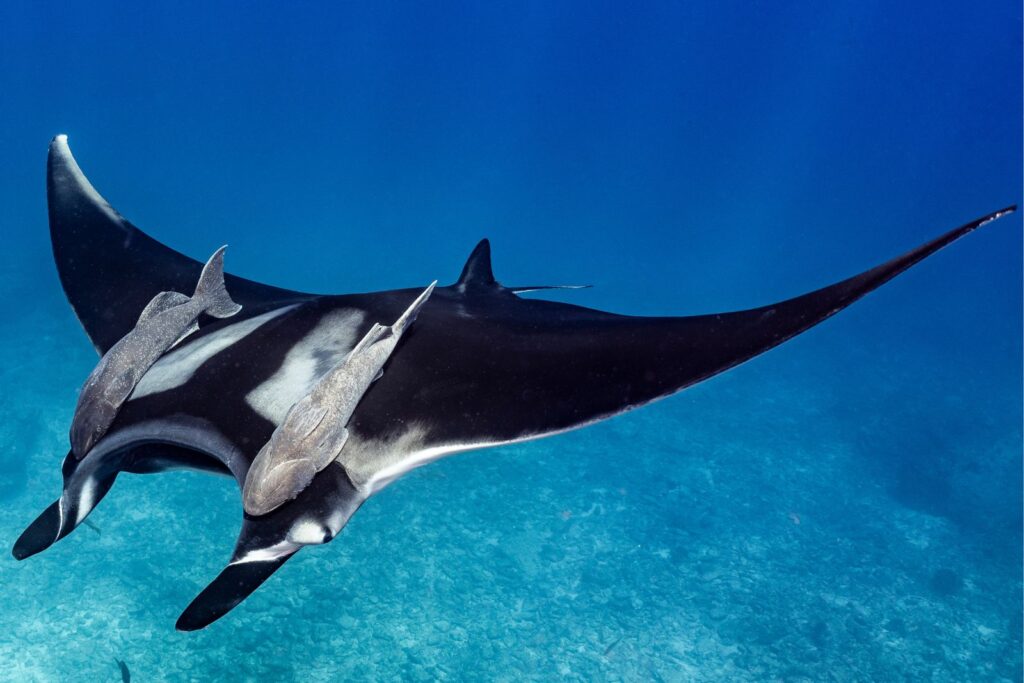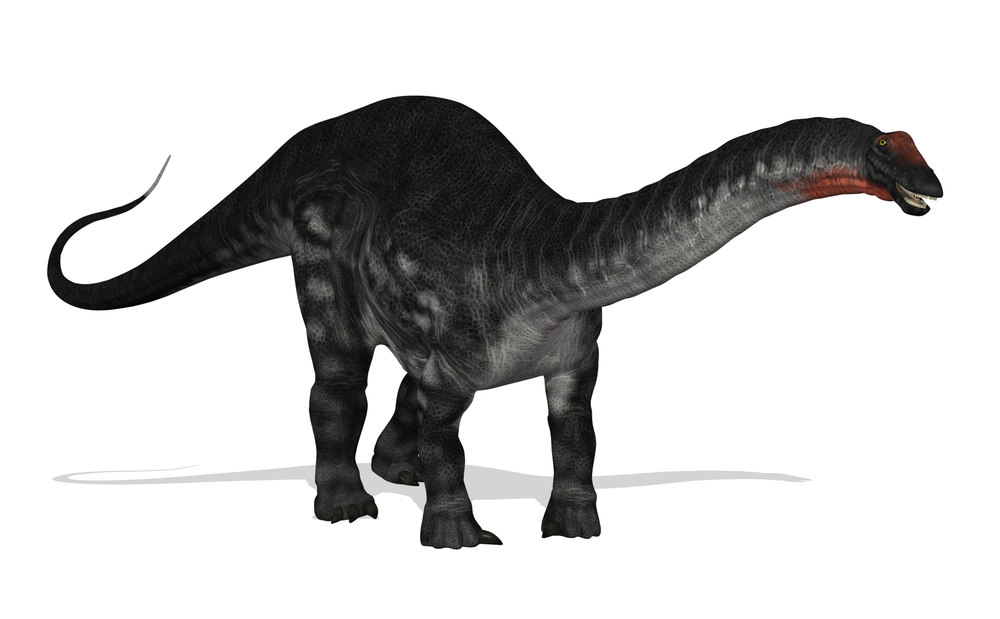The Graceful Mobula Ray: Discovering the Ocean's Flying Giants

1. Introduction to Mobula Rays
The mobula ray, also known as the devil ray or flying ray, is a species of ray characterized by its distinctive wing-like pectoral fins, which give it an appearance of flying through the ocean.
2. Physical Characteristics
These gentle giants can reach impressive sizes, with wingspans of up to 17 feet (5 meters) and weighing as much as 5,000 pounds (2,268 kilograms). Their flattened bodies are dark gray to black on the dorsal side and white on the ventral side.
3. Feeding Habits
Mobula rays are filter feeders, meaning they primarily consume plankton and small fish by filtering them from the water using their modified gill rakers. They often swim near the surface of the water, where plankton concentrations are highest.
4. Migratory Behavior
These magnificent creatures are known for their long-distance migrations, traveling thousands of miles across ocean basins in search of food and suitable breeding grounds. They are commonly found in tropical and subtropical waters worldwide.
5. Breeding and Reproduction
Little is known about the reproductive habits of mobula rays, but it is believed that they give birth to live young after a gestation period of around one year. Pregnant females can be observed in shallow coastal waters during certain times of the year.
6. Threats and Conservation
Despite their graceful appearance, mobula rays face several threats in the wild, including bycatch in fisheries, habitat degradation, and climate change. Conservation efforts are underway to protect these vulnerable species, including the establishment of marine protected areas and the regulation of fishing practices.
7. Ecotourism and Awareness
Ecotourism has emerged as a sustainable alternative to traditional fishing practices, offering opportunities for travelers to observe mobula rays in their natural habitat while supporting local conservation initiatives. By raising awareness about these majestic creatures, we can inspire greater efforts to protect them and their ocean home.
